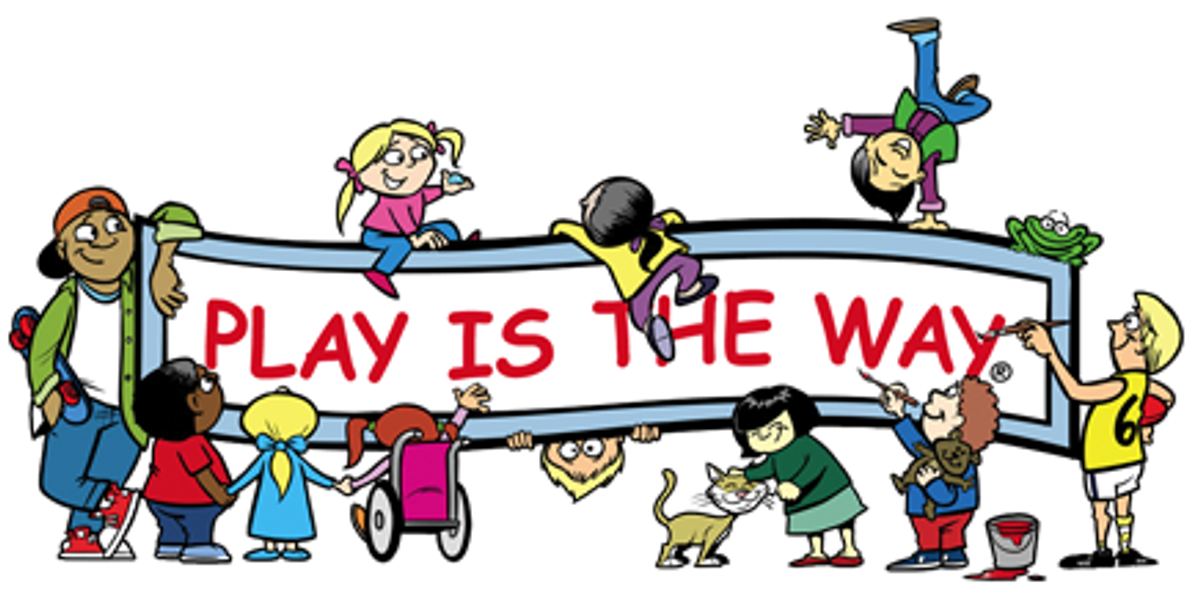Assistant Principal's Report

Welfare Program
Our welfare program – Play is the Way by Wilson McCaskill has been embedded across the school since 2013. Recognising the success of the program by not only Wilson, but by surrounding schools and internationally, Wilson offered to fund a staff member to fly to Perth to spend time at Tapping Primary School.
Tapping Primary School is a lighthouse school for the implementation of the “Play Is The Way” program – a program that teaches Behavioural Education and Social Management (BESM), which is also utilised at Chelsea Heights Primary School. In recognition of her leadership we offered this amazing opportunity to Paris Hargreaves as she has been leading the program here for the past three years. We are currently only at step four of implementing the methodology, whereas Tapping Primary have the entire program in place. Paris was able to see the next steps being employed in classrooms and held discussions with leadership and staff members regarding their implementation journey – what worked well, any teething problems, discussing results, parent implications and communication etc. This has supported us in the next step of Play is the Way for steps five and six.
Nurture Groups
Megan Taylor and I were extremely fortunate to be given an opportunity to undertake Nurture Group training in the UK. The nurture group is an alternative approach to inclusive education and is designed to increase the access to learning for children who are often marginalised. The nurture group is designed to support children with social, emotional and behavioural problems in schools. All Nurture Groups are based on the six principles:
- Children’s learning is understood developmentally
- The room offers a safe base
- Nurture is important for the development of self esteem
- Language is understood as a vital means of communication
- All behaviour is a communication
- Transitions are significant in the lives of children
At Chelsea Heights PS our Nurture students attend regular sessions throughout the week but are expected to return to mainstream classes as full time students between 6 weeks and four terms. A range of structured activities are undertaken that aim to help these students to develop trust, communication skills and enable growth in their confidence and self-esteem. All students are involved in following the morning process, setting the breakfast table, preparing breakfast, table discussion, structure play, sensory circuit, zones of regulation and a relaxation activity.
Megan Taylor (Integration Team Leader/Welfare Assistant) and I presented to School Council a report on our course and this amazing program. In this presentation we showed a short clip about Nurture Groups and the impact this group had on Emma:
https://www.youtube.com/watch?v=maC5aHpjrm8
If you have any further questions about Nurture Groups you are more than welcome to speak to myself or Megan Taylor.
Head Lice
Head lice continues to be a significant issue across the school and we have many frustrated parents and students. The following information was taken directly from the Health Department website:
http://www.health.vic.gov.au/headlice/
- Head lice have been around for many thousands of years.
- Anyone can get head lice.
- Head lice are small, wingless, blood sucking insects. Their colour varies from whitish-brown to reddish-brown. Head lice only survive on humans. If isolated from the head, they die very quickly (usually within 24 hours).
- People get head lice from direct hair to hair contact with another person who has head lice. Head lice do not have wings or jumping legs so they cannot fly or jump from head to head. They can only crawl. When treating head lice you must ensure that you repeat the treatment after seven days.
There are multiple products available from pharmacies and supermarkets varying in prices. A cheap method is using conditioner and a head lice/fine tooth comb using the following steps:
Step 1
Comb any type of hair conditioner on to dry, brushed (detangled) hair. This stuns the lice and makes it difficult for them to grip the hair or crawl around.
Step 2
Now comb sections of the hair with a fine tooth, head lice comb.
Step 3
Wipe the conditioner from the comb onto a paper towel or tissue.
Step 4
Look on the tissue and on the comb for lice and eggs.
Step 5
Repeat the combing for every part of the head at least four or five times
You should also ensure that you continue to check your child’s hair after these two treatments just in case all eggs were not removed. If everybody is diligent in treating any head lice thoroughly then we are likely to be able to minimise the problem. We ask for your support with head lice infestations at the school and to spend time to ensure there are no head lice in your child’s hair.
Ms Pia Licciardo, Assistant Principal


